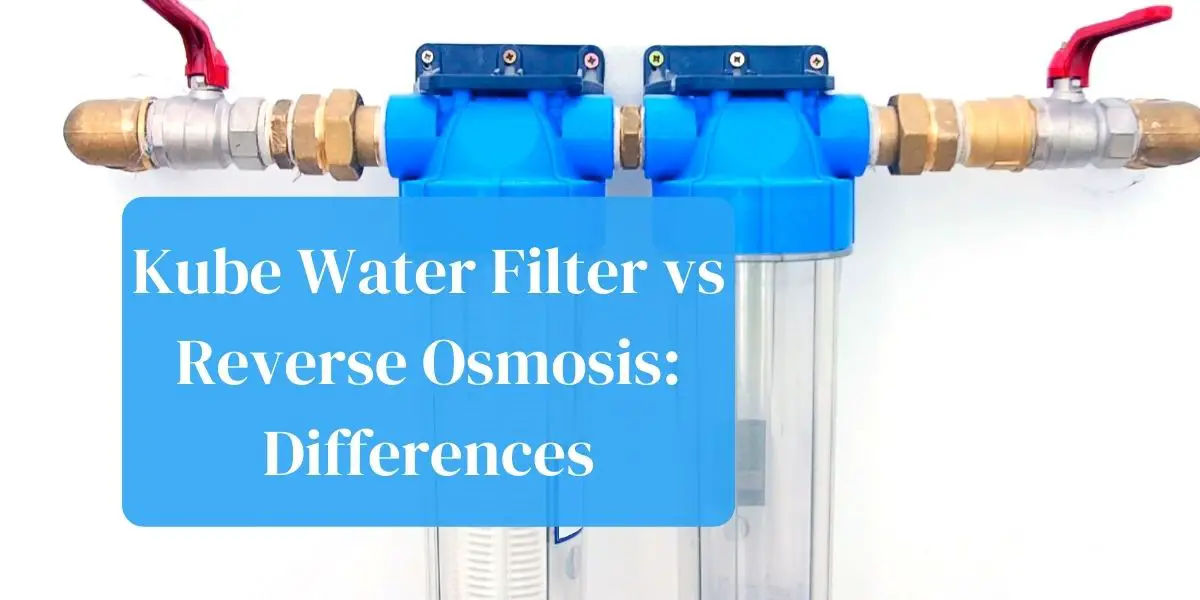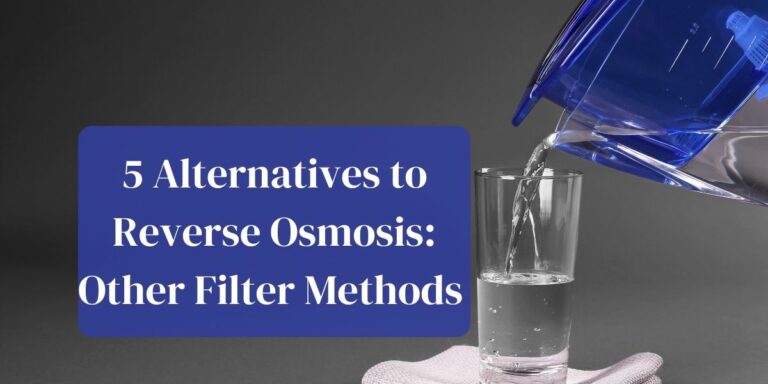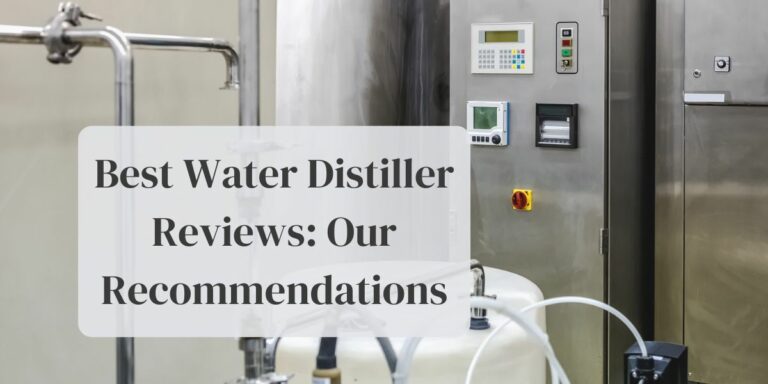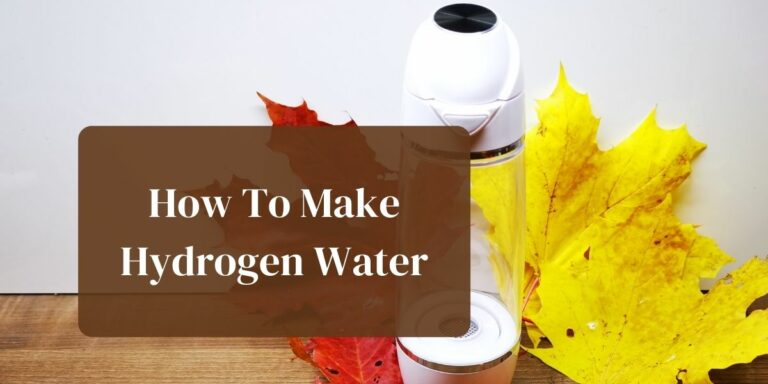Kube water filtration system is among the few that do not rely on the reverse osmosis(RO) process. If you are after a water filter system that does not use this method, then Kube water filter is your answer.
The reverse osmosis system, on the other hand, is a process that most water filters in the market use to clean your drinking water. There are many differences between these two filtration systems, which is why you must understand them before you purchase a drinking water filter. Let’s compare the Kube water filter vs reverse osmosis systems.
Kube Water Filter
The Kube water filter is among accessible units in the market currently. It’s a WQA certified unit that removes more contaminants from the drinking water when compared to systems that use RO and other purification processes.
The WQA certification that the Kube water filter has confirms that it meets the requirements set by NSF and ANSI. This advanced water filtration system removes most contaminants from the water, including chlorine and 99% of lead.
Read on to know more about how the Kube advanced water filter works and the pros and cons.
How does it work?
The Kube advanced water filter is easy to install and use. All you have to do is follow the instructions the manufacturer avails, and you will have the unit up and running in no time.
Before we dive deep into the Kube water filter system, it is best to mention that this unit uses carbon composites to eliminate impurities from the drinking water.
Once the setup process is complete, you can comfortably filter water in your kitchen or RV. The drinking water that comes out of your tap after the Kube filter installation has no odor and better taste.
This Specialty Carbon Media Composite filtration system works through adsorption. The pollutants in the water are held in the pore structure of the carbon substrate.
The substrate is a result of many carbon granules coming together to form a porous layer. Activated carbon is the ideal choice for a drinking water filtration system since it avails more surface area than non-treated carbon.
The Kube advanced water filtration system uses activated carbon to guarantee that the filtered water is safe for drinking and other uses in the home.
One feature that raises the desirability of the Kube water filter is the filter time. When compared to systems that use the reverse osmosis process, Kube is faster.
The activated carbon porous layer has more surface area and allows water to pass through faster, reducing the time that you have to wait for drinking water considerably.
The Kube water filter is not built to last a lifetime. You must know when it is time to change the cartridges or the entire system. Luckily, the Kube system comes with a filter life indicator that alerts you when replacement is due.
The design of this unit allows you to fit it under the sink and enjoy crisp water from your existing faucet. Also, replacing the filter is a hassle-free task thanks to the twist and lock design that the Kube water filter features.
What does it filter?
The list of contaminants that the Kube advanced water filtration system can remove from your water is long. This unit is among those that can filter an assortment of pollutants in the shortest time possible.
Below are some of the pollutants that this system removes from your tap water.
- Pharmaceuticals – antibiotics, antidepressants, tranquilizers, painkillers, and birth control
- Particulates ? sand, silt, and rust
- Heavy metals ? lead and mercury
- Herbicides and pesticides ? lindane, Simazine, Carbofuran, Methoxychlor, Atrazine, Endrin, Alachlor
- Microbials cysts – Giardia, Cryptosporidium
- Industrial pollutants – Ethylene Dibromide (EDB), Chlorobenzene, Carbon Tetrachloride, Tetrachloroethylene (TCE), Styrene
- Disinfection by-products – Dibromochloromethane, Bromodichloromethane, Bromoform, Tribromoacetic Acid, TTHMs (Total Trihalomethanes), Chloroform
- Taste and odor ? chlorine
- Gasoline additives – Toluene, MTBE (MethylTert-Butyl Ether), Benzene, Xylene, Benzene
From the list above, you can tell that the Kube water unit does eliminate a decent number of pollutants. You can trust that the water you drink is free of harmful chemicals and the water quality is better.
Cost
Kube water filter is among units with competitive rates that you will come across when you are shopping for a water purifying system.
When calculating the overall cost, remember to include the replacement filters and cartridges that the unit will require. The filter life for this unit is
On the Kinetico website, the Kube water filter goes for $199.00 while the replacement filters cost $69.95.
Pros
- Tankless design
- Fresh, crisp water
- No bacteria breeding
- Fast filtration
- Compact design
- Easy installation
- Intelligent monitoring
- Twist and lock mechanism
- Removes many contaminants including 99% of lead
Cons
- Expensive
- Compact Design: Kube fits neatly under your sink, leaving space for cleaning supplies and other items.
- Intelligent Monitoring: Kube's Filter Life Indicator measures usage, not time, to maximize filter life.
- Bypass Knob: Kube's convenient bypass knob allows you to switch between filtered and unfiltered water without shutting off the main water supply.
- Dual-Flow Twist and Lock Filters: Kube's dual-filter system maintains strong flow throughout the entire life of your filter.
Reverse Osmosis Overview
Reverse Osmosis (RO) is a water treatment process that utilizes a semi-permeable membrane to remove impurities from your tap or groundwater elevating the water quality.
The partially permeable membrane gets rid of large particles, ions, and unwanted chemicals from drinking water. Many filters in the market use the RO system except a few brands like the Kube advanced.
This system has stages that the water has to go through to ensure that most, if not all, contaminants are removed from the water.
Most people trust the reverse osmosis system since it includes different types of filtration to guarantee that the water you get is ready for consumption.
How does it work?
Reverse osmosis system involves several stages, which is why it takes longer than the Kube advanced system. Every model that uses the RO system has a sediment and carbon filter.
They are either prefilters or post filters, depending on whether the water goes through them before or after the membrane. The first stage that the water goes through is prefiltration.
Here, a carbon filter works alongside the sediment one to eliminate chlorine and residues that may cause damage or clog the RO membrane.
After this first process, the water goes through the semi-permeable membrane. This step requires high pressure to push the water through this film to get rid of dissolved solids.
The RO membrane is a thick polyamide film with tiny pores that allow only clean water to go through. The small pores can restrict microscopic particles from going through, which is why this filter is useful.
After the dissolved solids are removed, the water goes to the storage tank. The reverse osmosis system keeps filtering water until you have enough.
When you open your faucet, drinking water comes from the storage tank and goes through a post-filter to enhance the taste of the water. This process takes longer hence you need to consider investing in a storage tank to store filtered water.
What does it filter?
The RO system includes various filtration systems for a broad spectrum of reduction. It removes many contaminants from the water including;
- Sediments
- Fluoride
- Salt
- Chlorine
- Arsenic
- Volatile Organic Compounds
- Herbicides and pesticides, among many other contaminants
Important to note is that the reverse osmosis filters do not remove viruses and bacteria. When you buy a system in this category, consider getting other forms of treatment for pure water.
Cost
The cost of a RO unit varies from one brand to the next. Market prices for the different models range from $150 to $300 for the initial acquisition. The replacement filters are also available for different price ranges.
You can spend anywhere between $100 and $200 to replace the filters in the unit you buy. The overall cost of an RO unit is cheaper than buying bottled water all year round.
Pros
- Effective
- Environmental friendly
- Removes many contaminants
- Low cost
- Better tasting water
- RO filtered water improves the taste of food
Cons
- Slow process
- RO system can clog
- Supreme quality - designed, engineered, and assembled in USA to guarantee water safety & your health.
- Only technology to remove up to 99% of impurities including arsenic, chlorine, lead, fluoride, heavy metals, and 1000+ impurities. Max Total Dissolved Solids - 2000 ppm. Feed Water Pressure 40-85 psi
- WQA Certified System. Premium long-lasting filters used to treat tap water, well water. Provide unlimited clean, refreshing crisp tasting water superior to bottled water
- America's No.1 rated water filter brand with 20 years of success guaranteeing trouble free, noise-free system for long lasting, dependable, pure drinking water.
- System comes with 100% lead-free designer faucet, plus Certified JG premium grade tubing and parts to provide safe, impurity-free pure water. Pipe Size:1/4 inches
Conclusion: Which is better?
Both the Kube Water filter and reverse osmosis systems do a great job of eliminating impurities from tap and groundwater.
To know which unit is the best for your needs, you must know the type of water available in your municipality.
This will help you identify the kind of impurities that you need to filter from the water. Also, the amount of water you need in your home should guide you on which unit to pick.
The RO filters are slow and may be frustrating for a big household that uses more water. Many other factors will affect your choice, but you must know why you are getting a water filter to determine which of the two is better.











